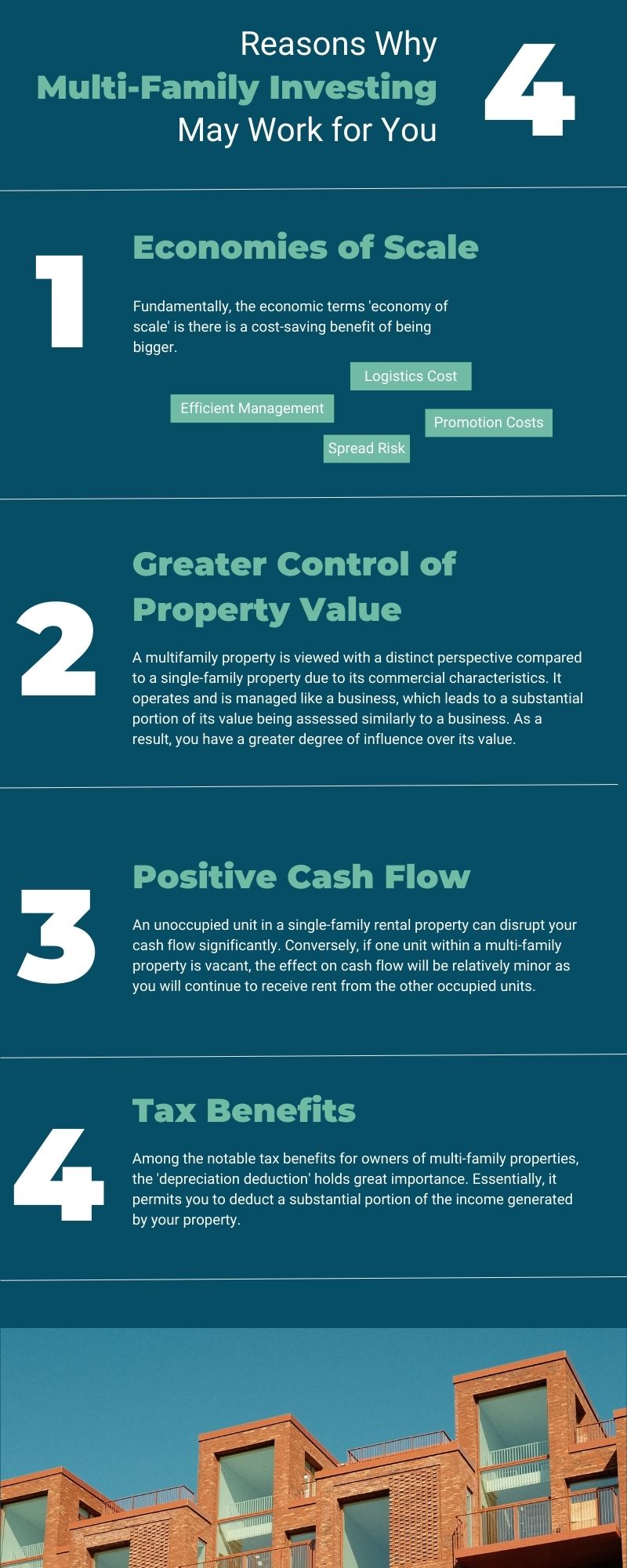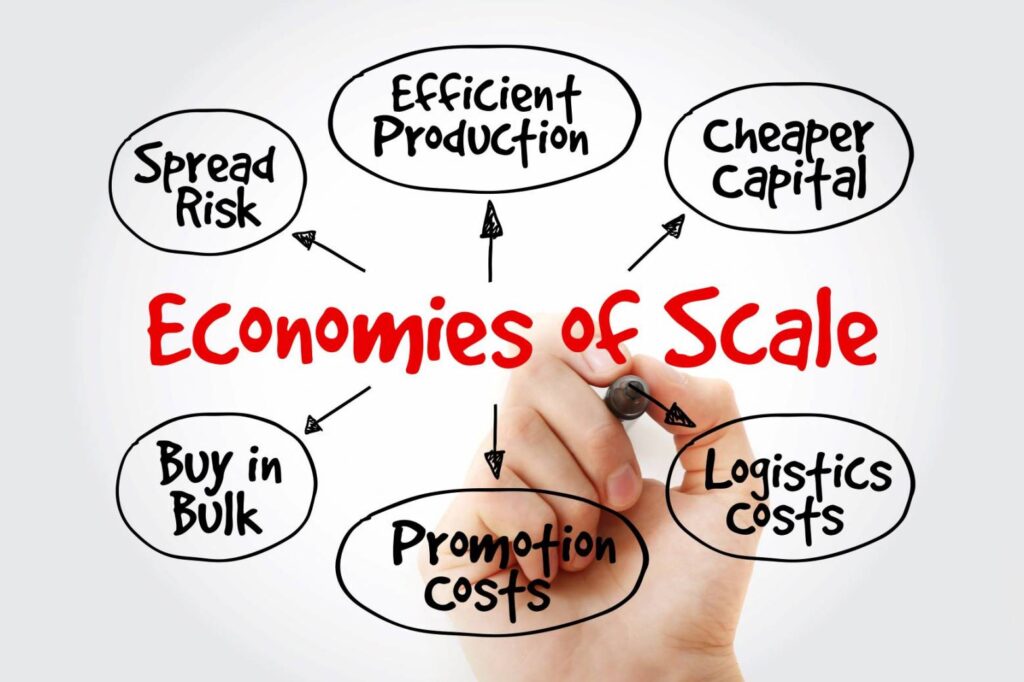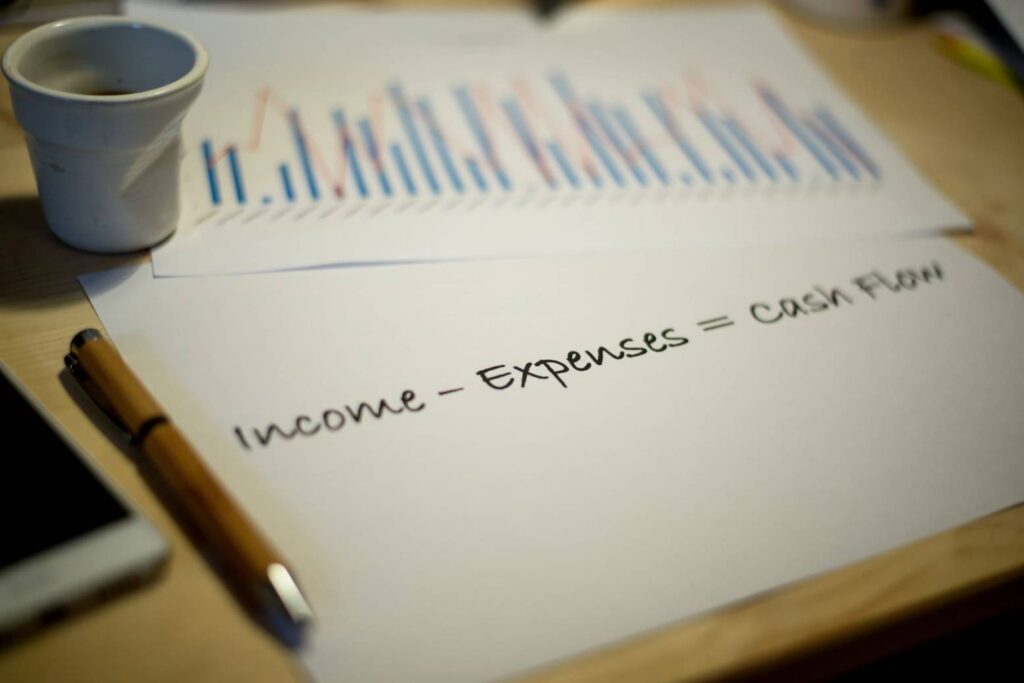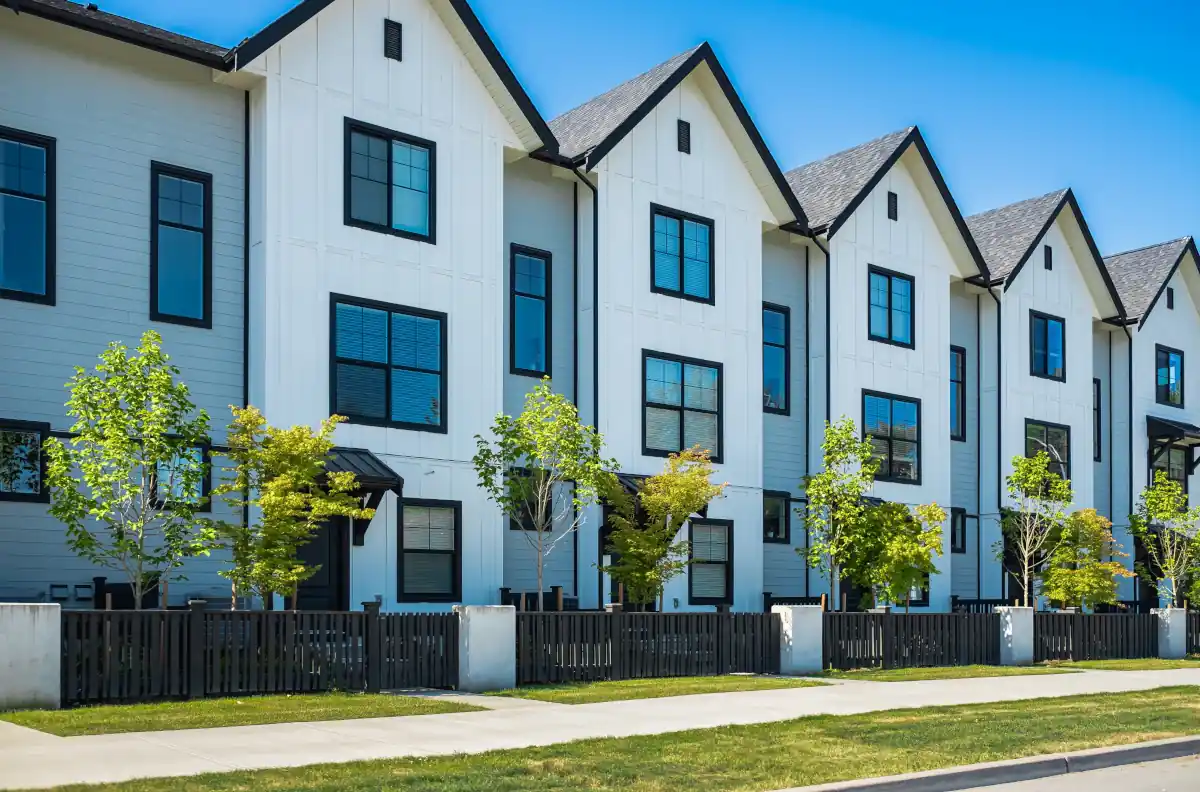Multifamily Market Overview
The demand for rental accommodation is outstripping supply significantly. The U.S. faces a deficit of hundreds of thousands of rental units annually. The National Multifamily Housing Council and The National Apartment Association predict this trend will persist for the foreseeable future. Both young individuals and the baby boomer generation are leaning towards renting over owning. Young people face hurdles in securing financing for homeownership, while many baby boomers prefer the flexibility of downsizing. As a result, the rental property demand is surging. These market dynamics indicate robust revenue prospects in the multifamily sector. The multifamily investment landscape appears promising in many regions. Now, let’s delve into four key reasons why investing in multifamily is financially astute.

#1 Economy of Scale
—
The economic concept, ‘economy of scale’, suggests significant cost-saving advantages when operations are larger in size.
According to Investopedia, an ‘economy of scale’ emerges due to the inverse relationship between the quantity produced and per-unit fixed costs.
How might this principle support the idea that multifamily investing trumps single-family property investments?
Consider this: if you’re collecting rent from 10 units in a multifamily property for 12 months and need a roof repair, it’s far more economical than collecting rent from a single unit for 12 months and facing a similar repair.
The argument strengthens when multiple single-family properties are considered. Managing 10 separate properties, potentially across various states, and hiring individual contractors for each becomes costly and inefficient. In contrast, overseeing a single multifamily property with 10 units in one location is far more efficient and cost-effective.

#2 Greater Control of Property Value
Single-family properties leave you largely at the mercy of market forces. If you’re forced to sell during a market downturn, the property’s value is pegged to recent local sales, leaving you with limited control.
Conversely, multifamily properties, due to their commercial essence, operate more like businesses. Thus, a significant chunk of their value is derived similarly to a business. Essentially, you have greater control over the property’s value.
Like businesses, which are evaluated mainly based on profitability, a multifamily property’s worth hinges on its net operating income. Simple improvements, such as introducing a laundry service or paid parking, can boost its profitability and, consequently, its value.
With multifamily properties, your management and entrepreneurial talents can greatly influence the property’s value, irrespective of the general property market.
To sum it up, you can amplify the value of a multifamily property by reducing expenses and augmenting income.
#3 Positive Cashflow

In addition to the previously mentioned ideas of adding laundry facilities and paid parking, numerous other amenities can enhance the cash flow of your multifamily property.
Remember, it’s crucial not to put all your eggs in one basket. A vacant unit in a single-family rental property can severely halt your cash flow. However, a vacancy in one of your multifamily units has a less significant impact, as you’ll still have income from the other occupied units.
#4 Tax Benefits
Supplying housing aids in fulfilling one of the crucial roles of the government. As a gesture of reciprocity, the government provides distinct tax incentives.
A standout tax benefit for multifamily property owners is the ‘depreciation deduction’. This potentially lets you deduct a significant portion of your property’s income. For a deeper understanding, refer to Investopedia’s article on How Rental Property Depreciation Works.
Multifamily property tax laws also enable owners to utilize a portion of the property’s cash flow to pay down the mortgage. You can report less income for taxation while allocating some of the rental revenue to reduce the property’s debt, subsequently boosting equity.
By collaborating with a proficient tax advisor, you can uncover numerous legitimate strategies to leverage tax deductions, incentives, and even government grants available to multifamily property owners.
Summary
In today’s unpredictable economic environment, multifamily properties stand out as reliable assets crucial for investment and wealth-building. Their advantage lies in shorter lease durations, allowing for frequent rent hikes, making them less risky than other commercial real estate ventures.
The current demographic trends bolster this view. With a consistent rise in professionals, families, and empty nesters eager to downsize, there’s a clear rationale to prioritize the multi-family market.
For investors aiming for financial independence, multifamily continues to offer robust returns with a remarkably low risk profile.


